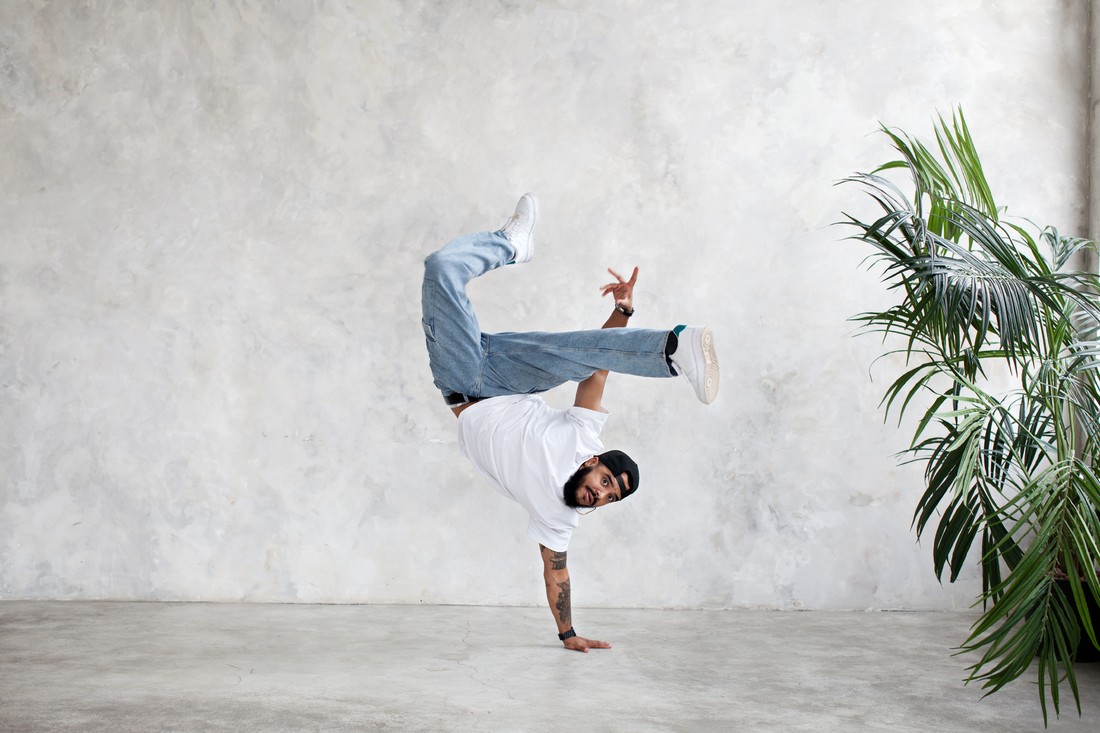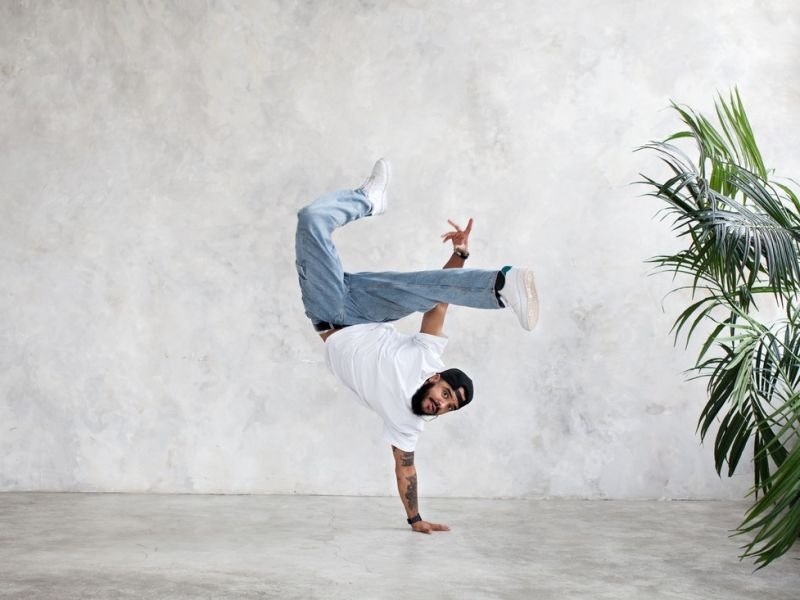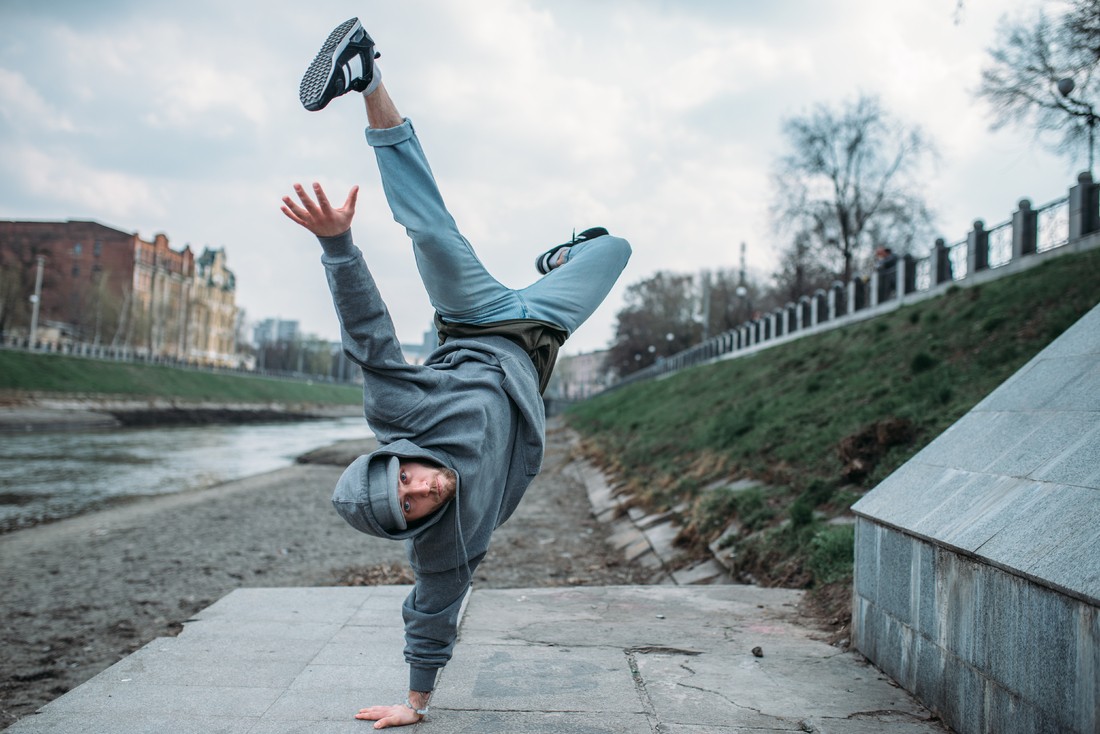Introduction
Competes is a website that offers a platform for dancers to upload, share, and showcase their dance performances. It focuses on popular dance styles like ballet, jazz, and contemporary. In recent years, there has been a significant shift in the world of dance, with many performances challenging and breaking traditional gender norms and expectations. This article will explore the various ways in which dance performances are challenging gender expectations, promoting diversity, and empowering female dancers.

1. Inclusivity in Dance
Dance performances today aim to be inclusive, welcoming dancers of all genders and backgrounds. They provide a platform where individuals can express themselves authentically, regardless of societal expectations. This inclusivity allows dancers to explore their unique identities and challenge gender stereotypes through their movements and performances. By creating a space that encourages diversity, dance performances challenge the notion that certain dance styles or movements are exclusive to a specific gender.
2. Breaking Gender Stereotypes
Traditional dance forms often have prescribed gender roles, where certain styles or movements are associated with either male or female dancers. However, contemporary dance performances are breaking these stereotypes by allowing dancers to explore movements and styles beyond gender expectations. Male dancers can embrace graceful and fluid movements traditionally associated with female dancers, while female dancers can showcase strength and athleticism traditionally associated with male dancers. By breaking these gender stereotypes, dance performances challenge societal norms and expand the possibilities of artistic expression.
3. Empowering Female Dancers
Historically, dance has been seen as a female-dominated art form. However, many dance performances today aim to empower female dancers by providing them with equal opportunities and representation. These performances showcase the strength, skill, and artistry of female dancers, challenging the notion that dance is solely a feminine pursuit. By highlighting the talent and achievements of female dancers, these performances inspire and empower young girls and women to pursue their passion for dance without limitations.
4. Diversifying Choreography and Narratives
Another way in which dance performances are challenging gender expectations is through the diversification of choreography and narratives. Choreographers are creating pieces that reflect a wide range of experiences and perspectives, amplifying the voices of marginalized communities and challenging traditional storylines. By incorporating diverse narratives, dance performances challenge societal norms and broaden the representation of gender in dance. This not only allows for more inclusive storytelling but also provides dancers with the opportunity to explore different roles and emotions beyond traditional gender expectations.
5. Collaborative Performances
Collaborative dance performances bring together dancers from different backgrounds, training, and genders. These performances often celebrate unity and equality, breaking down barriers and emphasizing the importance of collaboration in creating impactful art. By bringing dancers with diverse experiences and perspectives together, collaborative performances challenge gender expectations and create space for innovative and boundary-pushing choreography.
6. Promoting Gender Equality in Dance Education
In addition to challenging gender expectations in performances, the dance community is also working towards promoting gender equality in dance education. Many schools and dance programs are actively encouraging male dancers to participate, breaking the stigma around male dancers and creating equal opportunities for all. Through scholarship programs, outreach initiatives, and mentorship opportunities, dance education is aiming to create a more inclusive and supportive environment for dancers of all genders.
Conclusion
In conclusion, dance performances are at the forefront of challenging gender expectations and breaking traditional norms. From promoting inclusivity and diversity to empowering female dancers, these performances are reshaping the landscape of dance. By challenging and breaking down gender stereotypes, dance performances provide a platform for self-expression and artistic exploration. They inspire audiences and dancers alike, encouraging a more inclusive and egalitarian future for the world of dance.
Further Reading:
- How to Find Authority Websites & Get Links From Them
- How to Determine the Authority of a Website
- How to Get Editorial Links from Authoritative Websites
- What Is Topical Authority & How Does It Work
- Website Authority Checker: Check the “Authority” Of Any Website
- 5 Ways to Find High Authority Backlinks
- 11 Ways to Get Authority Links for Your New Blog
- What is an Authority Site? — Definition by Techslang
How are dance performances challenging gender expectations?
Why is it important to challenge gender norms in dance?
Important facts and statistics about Dance & Breakdance:
- Breakdancing, also known as breaking and B-boying, is an energetic form of dance developed by African Americans and Latinos.
- Breakdancing evolved from the hip-hop movement during the early 1970s and is the most widely known of all hip-hop dance styles.
- In the end of 1970s and beginning of 1980, the Puerto Rican youth developed breakdancing in New York City.
- Breakdancing includes stylized footwork and athletic moves such as back spins or head spins.
For more information on the history and characteristics of breakdancing, refer to the following sources:
- History of Breakdancing: All you need to know – Red Bull
- 47 Breakdancing Facts That Will Blow Your Mind
- Breakdancing Basics: A Guide to Breaking’s History and Moves
- Hip Hop: 5 big misunderstandings – Red Bull
For any further inquiries or to join Competes, visit their website or contact them at 650-437-4741.


